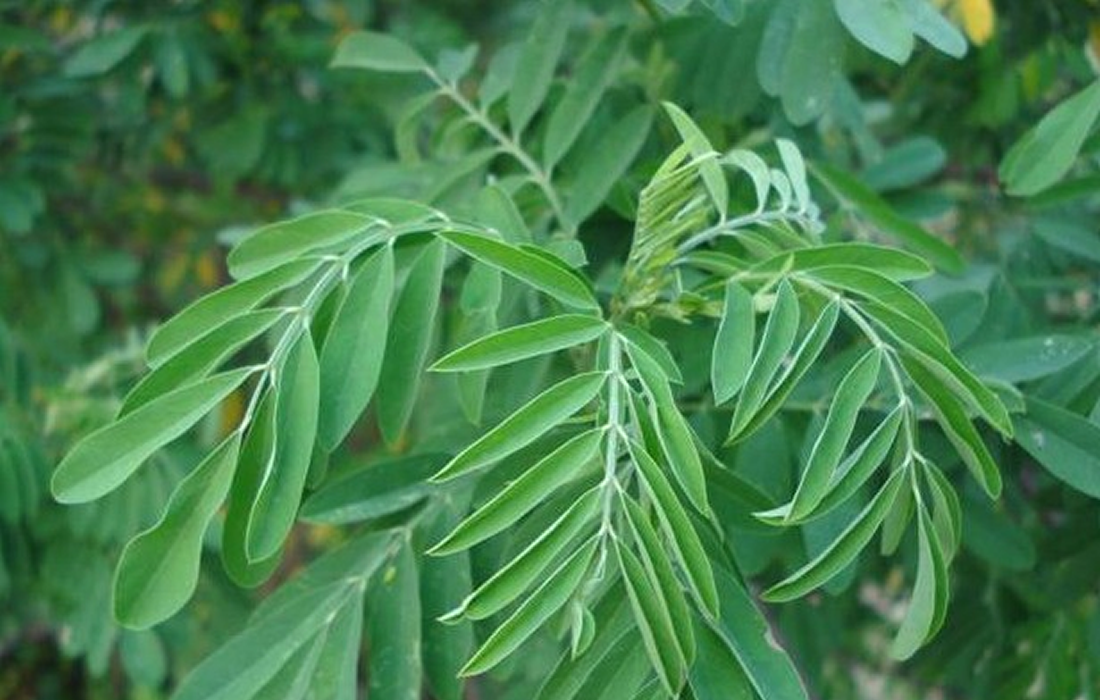Regenerative Medicine News and General Information
Plant Product Found to Have Positive Effects in Parkinson’s Disease
Parkinson’s disease (PD) is one of the most common neurodegenerative diseases and is characterized by loss of dopaminergic neurons in the substantia nigra, which causes bradykinesia (slowness of movements) and the characteristic rest tremors.
In a new research study published in the journal Proceedings of the National Academy of Sciences, researchers found that kurarione, a natural product from the plant Sophora flavescens combined with an enzyme inhibitor may provide hope in alleviating neuroinflammation in PD.
The researchers used a model of PD in mice treated with MPTP (1-methyl-4-phenyl-1,2,3,6-tetrahydropyridine).
They found that a epoxide hydrolase inhibitor combined with kurarione reduced neuroinflammation in an animal model of PD. The dried root, also known as kushen, has been used for hundreds of years in traditional Chinese medicines.
According to the lead researchers Cheng-Peng Sun, a Dalian Medical University professor their extensive studies indicated that the compound possesses several pharmacological effects, including antiinflammatory and antioxidative activities.
The way kurarione works is that it targets the soluble epoxide hydrolase, a key regulatory enzyme involved in the metabolism of fatty acids, and inhibitors for this enzyme resolve neuroinflammation.
The researchers hope that their discovery could lead to the development of new treatments for PD, and pointed out that because of regulatory differences, a natural product like kurarione offers a potentially faster route to relief for patients than a classical medication.
Sources:
University of California – Davis. “Plant product shows promise in mouse model of Parkinson’s Disease.” ScienceDaily. ScienceDaily, 22 February 2022. <www.sciencedaily.com/releases/2022/02/220222134540.htm>.
Cheng-Peng Sun, et al. Kurarinone alleviated Parkinson’s disease via stabilization of epoxyeicosatrienoic acids in animal model. Proceedings of the National Academy of Sciences, 2022; 119 (9): e2118818119 DOI: 10.1073/pnas.2118818119.
Image form:

